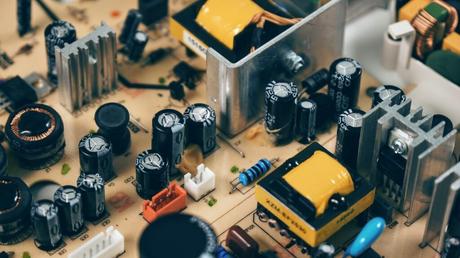
Supercapacitors, today, are used in various applications. Supercapacitors power different IoT devices like wearables, smart meters, locks, and wireless sensors. To know more about supercapacitor products and their applications, you can visit https://www.cap-xx.com/.
IoT and Energy Harvesting
The Internet of Things is like a vast network of interconnected objects following the standard communication protocol. For example, your smartwatch monitors the number of steps, heart rate and pulse. The watch then transmits this information to your smartphone.
According to a report, IoT active device connections are set to reach 30.9 billion units by 2025 worldwide. IoT devices need to function effectively for more extended periods. They need to have better energy sources than batteries. An IoT device like a smartwatch does not help the user if it needs to be charged at short intervals.
Using large batteries is not an option as they could make the IoT devices bulkier and limit their usability. They undoubtedly will provide the machine with energy, but one cannot easily integrate them with the sleek designs of IoT devices. With an energy harvesting mechanism, one can use these IoT devices for a longer time, and supercapacitors could solve the energy constraint issues presented.
How Do Supercapacitors Work for IoT Devices?
The next-generation IoT device designs focus on being small, thin, and low-power. Supercapacitors are ideal for these devices as they store approximately 1000 times more energy than a traditional capacitor.
Supercapacitors use high surface area materials and electrolytic dielectrics to power IoT devices. Usually, supercapacitors come with activated carbon-coated metal plates and double layers of capacitors. They enable the supercapacitors to store more energy in less space.
If there are harvestable sources of energy available nearby, you can charge these devices accordingly. But in case of unavailability, the supercapacitor can store enough energy for the devices to operate for a long time. They can provide that peak power required for activities like data transmission.
The supercapacitor can be charged at very low power through a power management IC, or the design can use the energy harvester to charge the supercapacitor directly. The supercapacitor can thus provide a steady supply voltage and keep the device running.
Supercapacitors are available in various shapes and sizes. Thin and ultra-thin supercapacitors make an excellent addition to IoT devices. Owing to their size, they can be easily integrated, for example, with sleek wearables like a smartwatch.
The other advantages that make supercapacitors ideal for IoT devices are:
- They can be charged at low current
- They have low internal resistance
- They can have unlimited life cycles
- They can provide sufficient energy to capture and transmit data
- They can work efficiently in varying temperature ranges, for example, -40°C to 65°C (Check the product description for specific operating temperature details)
- No toxicity due to heavy metal usage
Enable IoT devices with Supercapacitors
Supercapacitors offer several advantages over capacitors. The energy harvesting mechanism works well for IoT devices. With its thin design architecture, almost infinite shelf life, and quick charging capabilities, supercapacitors could become an integrated energy storage device for IoT.
